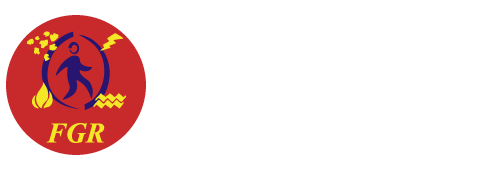

The most common instances of non-compliance stem from companies being unaware of the regulations.
The second most common reason for non-compliance is the lack of budget allocated for identifying and addressing risks.
The third has to do with gaps in the technical competence and experience of some of the people in charge of the SG-SST, who may lack the information and enough training in order to protect the workers and the company.
The Ministry of Labor has been making unannounced inspections to companies since June 2017, to review their compliance with SG-SST. hese inspections can also be requested by any worker, or even by people outside the organization. The occurrence of any incidents or accidents triggers an automatic inspection process by the ARL and various authorities.
The deadlines for developing and installing SG-SST are as follows:We provide support to the personnel in charge of the SG-SST strategy (Management and leaders), and to the tactical and operational personnel in charge of executing it.
We work to support the drafting of an SST POLICYANNUAL PLAN OF SAFETY AND HEALTH AT WORK , including its related activities and the technical support in its execution, documentation, and revision
We guide internal actions towards research and improvement.
We provide advice to respond effectively to official audits and in the annual accountability process of Emergency Brigades.
We specialize in 3 specific lines of SG- SST:
Carrera 70 C N° 48-63
Normandia Neighborhood
Bogotá D.C., Colombia
(601) 7390415
info@gestiondelriesgo.org
© Copyright 2020 Foundation for Risk Management - FGR. All rights reserved.
